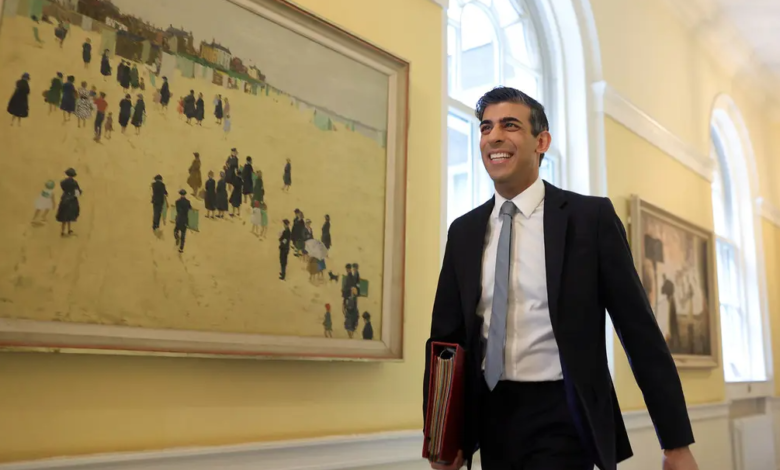London announces it will not meet its climate commitments by 2030
In what it christened “Green Day”, London announced the 2030 climate commitments updated
(sustainabilityenvironment.com) – London will not respect the 2030 climate commitments it announced just two years ago at COP26. This is what emerges from the new climate strategy of Great Britain presented on 30 March by the government of Rishi Sunak.
Over 40 documents revised and updated for a total of 3000 pages, from gas to electricity, from onshore wind to nuclear, from EV to capture and storage of CO2, through agriculture and livestock. An operation to which the executive was forced by a judgment that last year condemned him for having made commitments on the climate too vague and for not having indicated in more detail the various measures.
In 2019, London set itself the goal of achieving climate neutrality by the middle of the century. Two years later, as the organising country of the Glasgow COP21, it aligned its climate commitments to 2030 with the long-term target by promising to cut emissions by 68% from 1990 levels by the end of the decade. Last year Britain also set a target of -78% by 2035, which is added to the previous one without replacing it.
New climate commitments miss the target
The government labeled the day of March 30 as the “Green Day”, but as some British newspapers ironically pointed out it was more a “Boulevard of broken dreams”. The updated documents show that overall the new strategy’s emission cuts will cover only 92% of the total needed to meet the 2030 targets, which would rise to 97% in 2037. Thus exceeding the commitment of -78%.
Read also At the turn of the century, the exceptional heat wave in the UK of 40°C will arrive every 4 years
However, Sunak has tried to frame the firing of new policies in a positive key. But he could only do it by talking about the past: “Citizens should be really proud of the UK’s achievements in all this. Consider that we have decarbonised faster than any other major economy. Our carbon emissions have been reduced by over 40%, much more than all the other countries we are competing with”.






